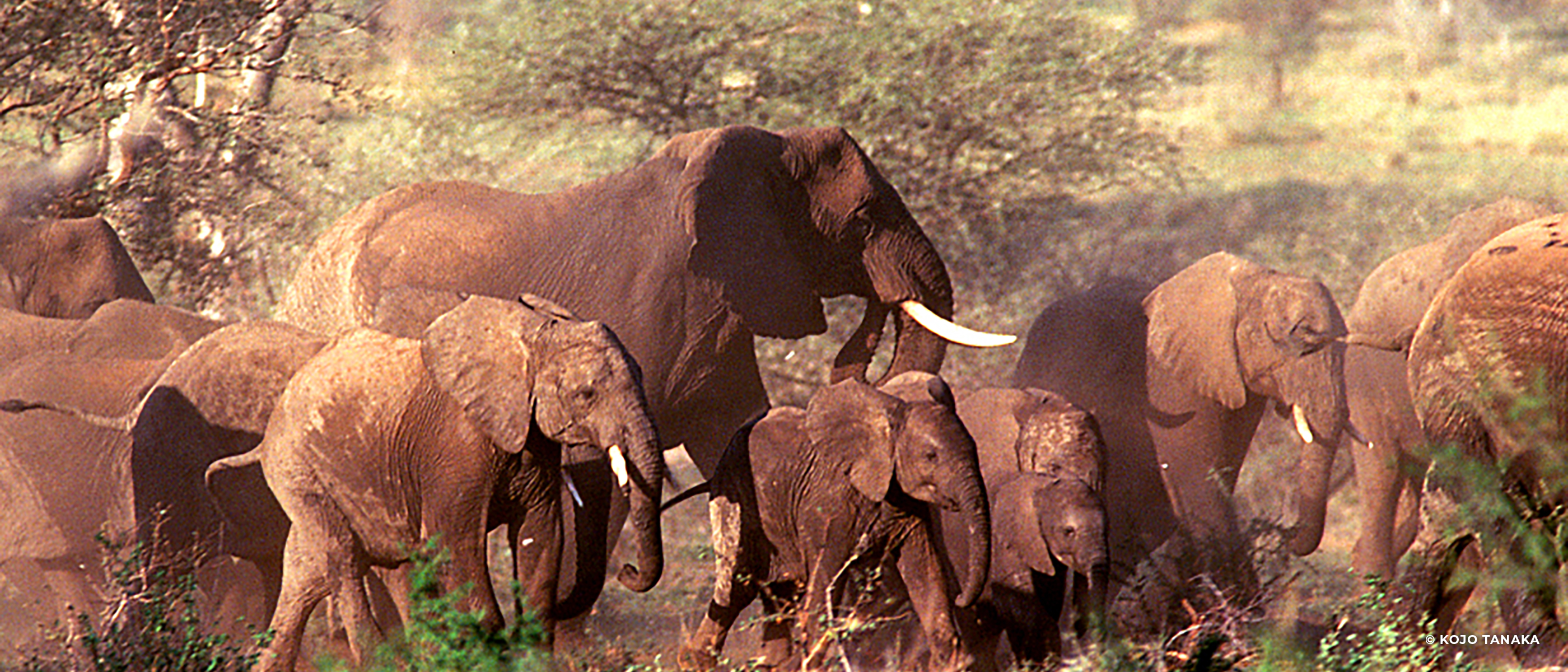General Information About Elephants
Elephants
Classification of the Elephant Species
Currently, there are two species of elephants on earth, the Asian Elephant (Elephas maximus) and the African Elephant (Loxodonta africana). Africa‘sForest Elephant, (Loxodonata africana cyclotis), which inhabits tropical forests of central Africa, is a subspecies of African elephants (a regional group of species that shows distinct characteristics). There is debate that these should actually be classified as a separate species.
Physical Characteristics
The African elephant is the largest terrestrial animal, with a length of 4 to 5.5 m (length from the tip of the nose to the base of the tail), a height of 3 to 4 m, and a weight of 5 to 7 tons. Asian elephants are just a tad smaller than that with a humped back, and smaller ears. African elephants have a recessed back, like a valley, and have large ears, like the shape of the African continent.
Ecology of Elephants
The elephant is a complete herbivore and eats a lot of grass and leaves every day. An elephant is an animal that roams large areas on a daily basis, and more seasonally, in search of such food and water. It will carry the seeds of the plants it ate, quite far, and because the digestion of elephants is not very effective, the seeds of plants remain in the feces. These germinate where they land, leading to the regeneration of the forest. Sometimes the elephant will eat hard nuts or husked seeds that only they are strong enough to open. A herd of elephants may peel the bark off of trees and push down weakened trees to eat the trunk itself, but doing so will allow light to enter the forest and encourage the undergrowth to grow. These actions can create a forest and grassland mosaic, assisting the increase of biodiversity. The power to turn a forest into grassland is the amazing influence of a herd of elephants, and this is a natural process of the ecosystem.
When a group of elephants walks through dense forests repeatedly, they end up creating an “elephant path” that other wildlife can also use. During dry seasons, elephants also play a role to dig water buried deep below the surface of the soil. The daily life of the elephant’s activities creates a unique ecosystem and supports the lives of various other wildlife.
Family Life
Elephants are highly social animals that live in groups, and can live to be over 60 years old. The family unit is made up of females and their babies only, often with the grandmother, her daughters, and the grandchildren. The entire herd contributes to take care of the baby elephant and it is always surrounded by aunts and sisters. The group leader is usually a grandmother, with the most experience. If the grandchildren are ever in danger, the grandmother will exhibit leadership and all adults will surround and protect them with the most vulnerable in the center. Males often become independent from their herd at around the age of 12 to 15 years old. Often male elephants form a loose herd of males about the same age, but eventually they break off to live alone.
Elephants use all their senses to communicate with each other. They may make visual gestures using the nose, ears and the whole body; use their hearing (there are studies that classified 26 types of calls); a complex communication using touch, as well as using the mouth and smell (secreting chemicals through their feet) makes them highly socially complex creatures.
Distribution
Elephants once flourished widely throughout the southern part of Asia (Asian elephants) and throughout the sub-Saharan Africa (African elephants). However, today’s distribution, except in Central Africa and parts of East Africa and South Africa, has become a situation like small “ink stains” scattered on former distribution maps. 70% of Indian elephant habitat has been lost since the 1960s.
Elephant Population
Currently, only about 47,000 Asian elephants live in 13 countries in Asia. On the other hand, African elephants number approximately 415,000 in 36 countries (37 countries including Swaziland where they went extinct and then re-introduced). According to population estimates from Africa before Europe starting colonizing in the 19th century, what we see now is only 2% of the 20 million elephants that roamed the wide continent.




